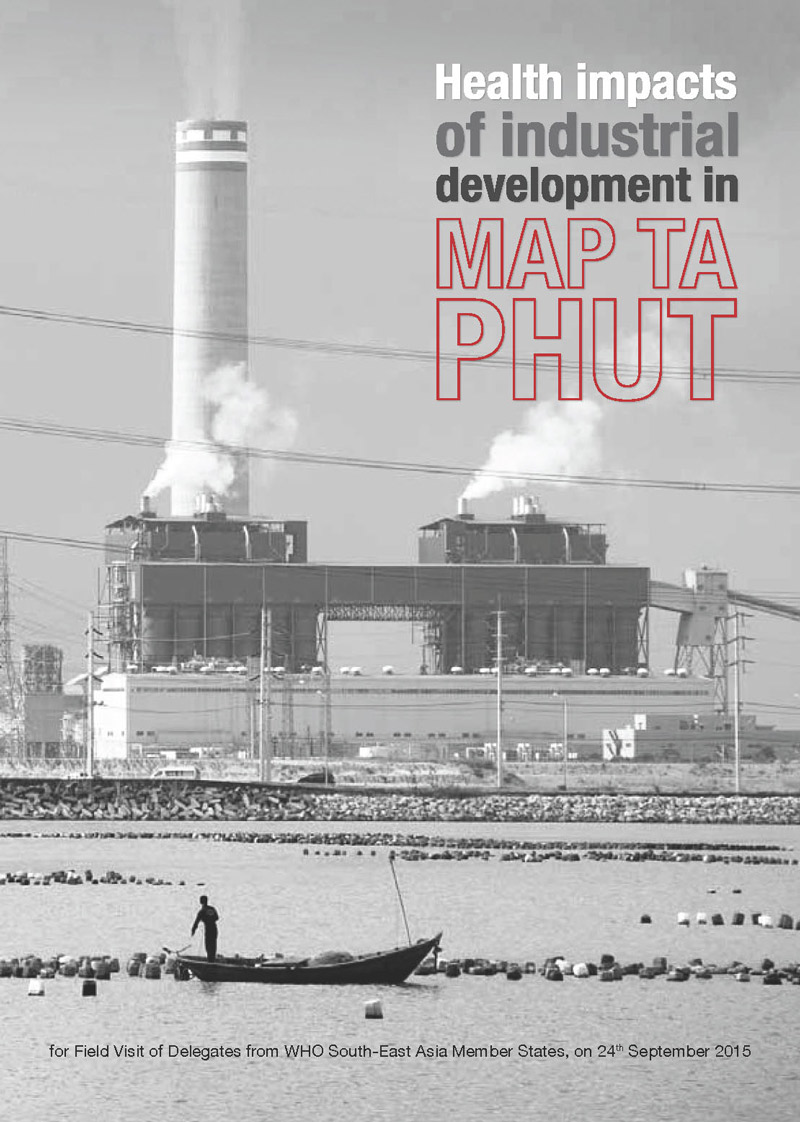Health Impacts of Industrial development in Map Ta Phut.
Author: Somporn Pengkam
Rayong Province situates in eastern Thailand. Its location is geographically, historically, and culturally significant. The local culture and ways of living are unique. The average income per capita of Rayong ranks the highest in Thailand. Its gross domestic product (GDP) comes at the second rank in the country. Rayong spans over 3,552 square kilometres with the population of 674,393.
Rayong administrative unit is composed of eight districts, which are subdivided into 54 sub-districts covering over 439 villages. Local administration includes a city municipality and two town municipalities: Rayong City Municipality, Ban Chang Town Municipality and Map Ta Phut Town Municipality.
Rayong’s industrial development, tourism and agriculture play important roles in Thailand’s economy. It is home to many famous tourist attractions. And once, Rayong was known for its fertile lands that brought delicious fruits to the Thai markets, especially its famous fresh fruits like rambutans, durians, and mangosteens. Fruit products such as sweeten rakam (Salacca wallichiana), preserved pineapples, fried durians, fruit wine are also among the top on the market demand list. In addition, Rayong seafood was once known for its great quality and affordable price. Seafood was available fresh and dried such as shrimp paste, fish sauce, salted fish, and three-flavored fish.
Back in 1981, before the development of Eastern Seaboard, agriculture, manufacturing, and service played nearly equal part in Rayong’s economy. The agricultural sector supported 35 percent of the provincial domestic products; the service sector 36 percent; the manufacturing sector 29 percent. This near-balance economic system was known among the Thais as the “three-leg economy.” (Decharut Sukkumnoed ed all, 2009) For many, it reflected that Rayong’ rich economy was made possible by its abundant natural resources and vibrant economy.
Download the full document in this image below.
